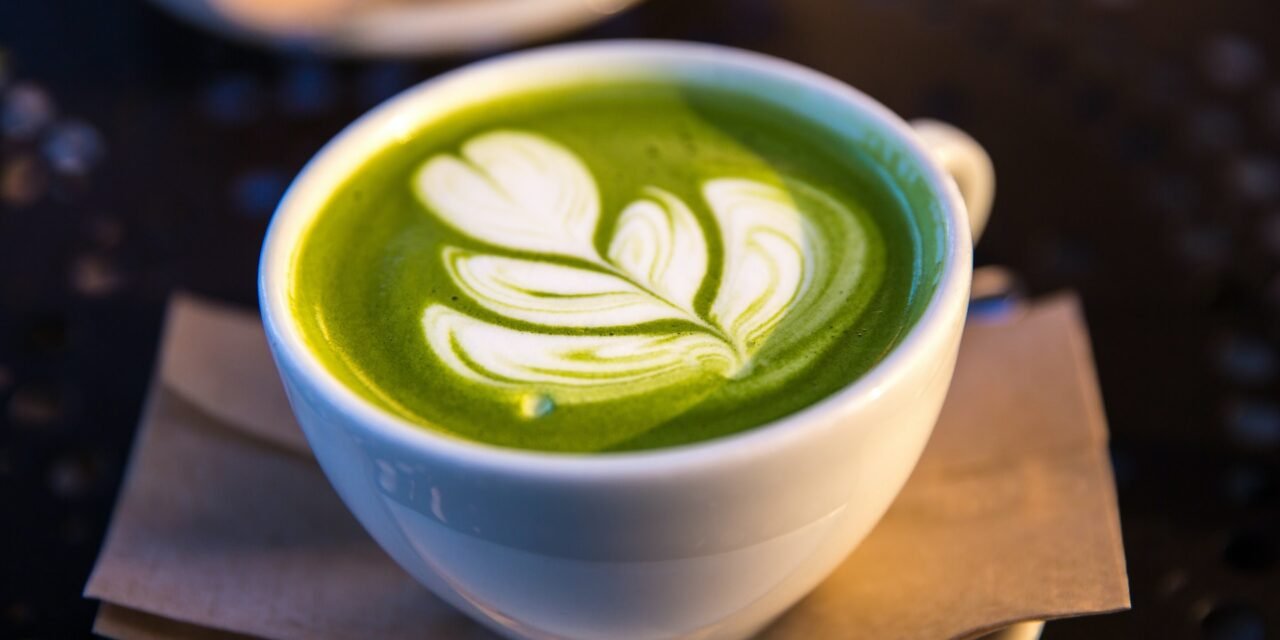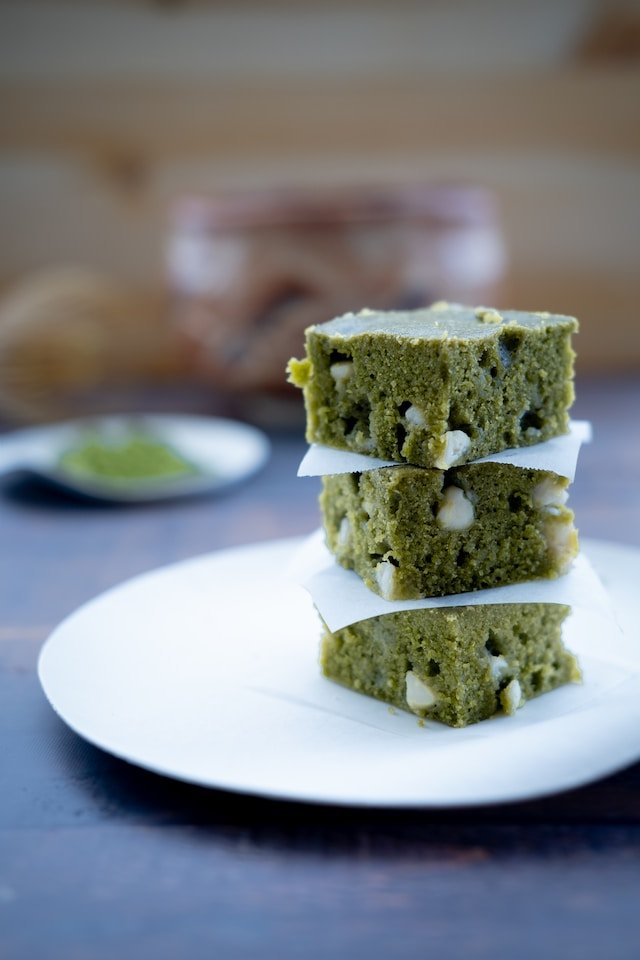
The Remarkable Rise of Matcha: 5 Intriguing Facts

In recent years, matcha has transformed from a traditional Japanese tea to a global phenomenon, captivating taste buds and wellness enthusiasts worldwide. This vibrant green powder, derived from finely ground green tea leaves, offers not only a unique flavor but also a host of health benefits and cultural significance. In this article, we’ll explore five fascinating facts about matcha, shedding light on its growing popularity and diverse applications.
Ancient Origins and Cultural Significance
Matcha’s story begins over a thousand years ago in Japan, where it became an integral part of the revered tea ceremony, a symbol of harmony, respect, and tranquility. This ceremonial grade matcha, characterized by its superior quality, was initially a luxury exclusive to the Japanese aristocracy and Buddhist monks. It was used as a meditative aid, helping monks stay alert yet calm during long periods of meditation. This deep-rooted cultural significance has played a pivotal role in matcha’s enduring allure, linking it indelibly to the principles of mindfulness and Zen Buddhism.
The Prestige of Ceremonial Grade Matcha
Ceremonial matcha represents the pinnacle of quality in the world of matcha teas, distinguished by its cultivation, processing, and flavor profile. Grown exclusively in Japan, these tea leaves are carefully shaded from the sun for about 20 to 30 days before harvest. This crucial step boosts chlorophyll levels, enhancing the vibrant green color and increasing the amino acid content, particularly L-theanine, which contributes to matcha’s unique umami flavor.
The leaves are then meticulously handpicked, steamed to halt fermentation, air-dried, and stone-ground into a fine powder. This labor-intensive process preserves the integrity and purity of the tea. Ceremonial grade matcha is characterized by its delicate taste, a balance of natural sweetness and slight bitterness, and a silky smooth texture. It is traditionally used in Japanese tea ceremonies, where it’s whisked with hot water to create a frothy, meditative beverage that’s consumed in a ritualistic manner, reflecting deep respect for the art of tea-making and mindfulness practices.
Matcha’s Health Benefits
Matcha is not just a cultural icon; it’s also a powerhouse of health benefits, making it a popular choice among health-conscious consumers. One of the most notable aspects of matcha is its rich antioxidant content, particularly catechins like epigallocatechin gallate (EGCG), known for their cancer-fighting properties. These antioxidants help combat free radicals in the body, reducing cell damage and promoting overall health.
Another key component of matcha is its caffeine content, which, when combined with L-theanine, offers a unique energy boost. Unlike the quick jolt provided by coffee, matcha’s caffeine is released slowly, resulting in a more sustained energy boost without the common jittery side effects. This combination also enhances cognitive functions, improving focus and concentration.
Additionally, matcha has been linked to heart health, aiding in the reduction of bad cholesterol and blood sugar levels, and it may also boost metabolism, aiding in weight loss. Plus, its infusion in beauty products can even extend to improved skin health, which is a complex topic, for example regarding oily skin. These multifaceted health benefits contribute significantly to matcha’s global popularity and its inclusion in various dietary and wellness regimens.
Matcha in Culinary Creations Offers Versatility in the Kitchen
Matcha’s rise to popularity extends beyond the teacup into the culinary world, showcasing its versatility as a flavorful ingredient. Its distinct, slightly grassy taste and vibrant green hue make it a unique addition to a wide array of dishes. Chefs and home cooks alike incorporate matcha into desserts like cakes, cookies, and ice creams, where it imparts a subtle earthiness and rich color.
But, matcha’s culinary applications don’t stop at sweets. It’s also used in savory dishes, adding depth to sauces, marinades, and even pasta. Its fine powder form makes it easy to blend into smoothies, lattes, and other beverages, offering a healthy, energizing twist. This culinary adaptability has played a significant role in popularizing matcha, allowing it to reach a broader audience and cater to diverse palates and dietary preferences.
The Global Expansion and Modern Adaptations of Matcha
The global journey of matcha is a testament to its adaptability and enduring appeal. Originally rooted in Japanese tradition, matcha has crossed oceans and cultural boundaries, evolving in the process. In Western countries, it has experienced a renaissance, partly fueled by the health and wellness movement. Cafes around the world now offer matcha lattes, a creamy, modern twist on the traditional tea, appealing to those who may find the original flavor too intense.
Matcha’s influence extends to the beauty and skincare industry as well, where its antioxidant properties are harnessed in various products. From matcha-infused facial masks to body scrubs, it’s celebrated for its detoxifying and rejuvenating effects on the skin.
Feature Photo by Jason Leung on Unsplash





































